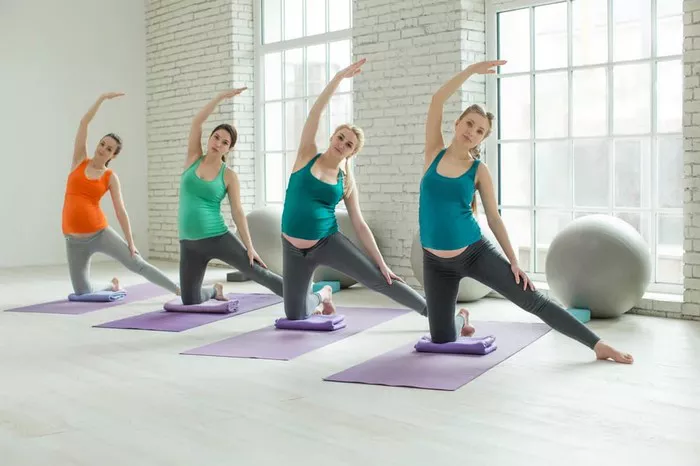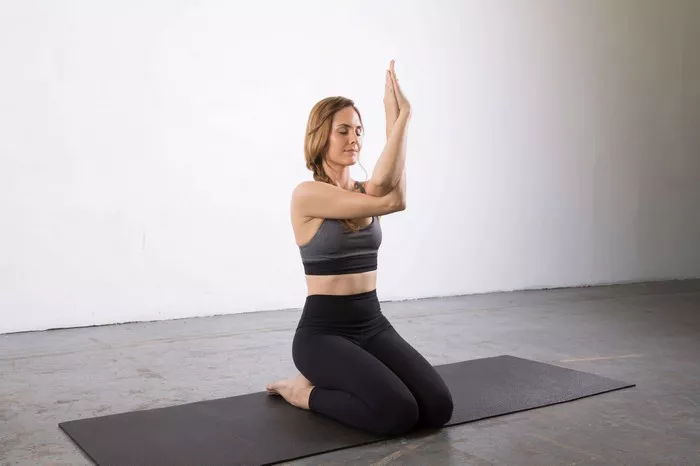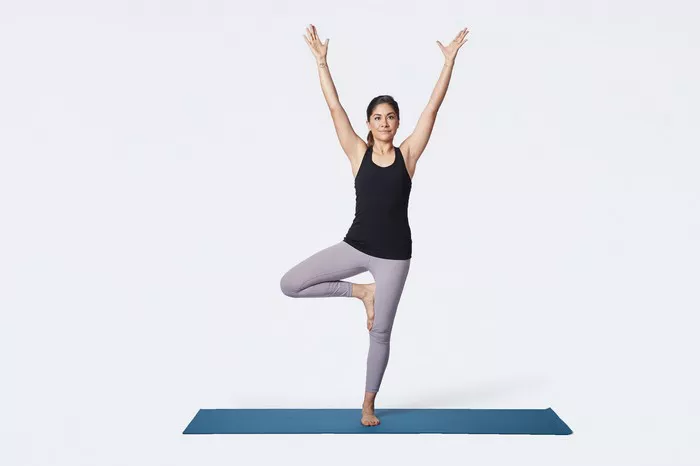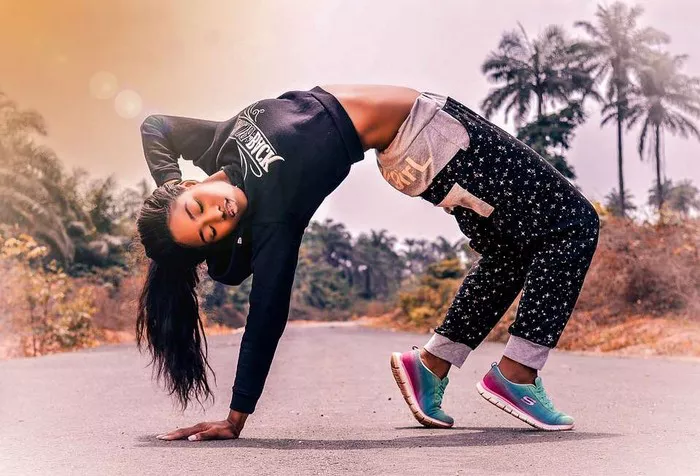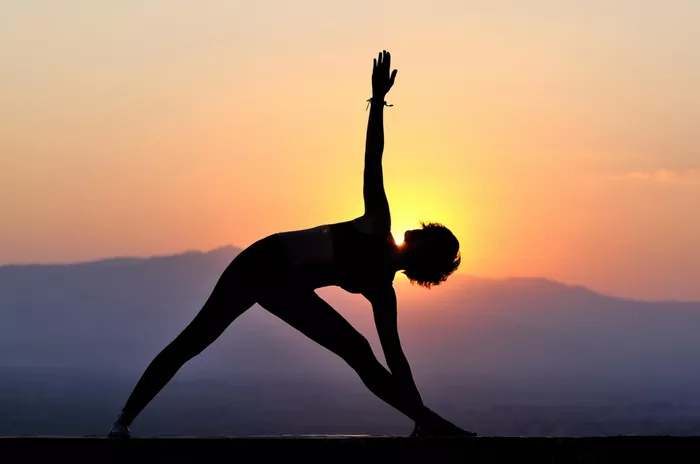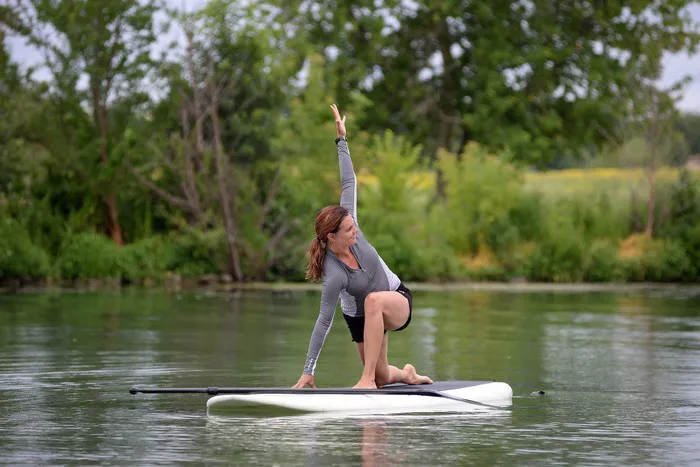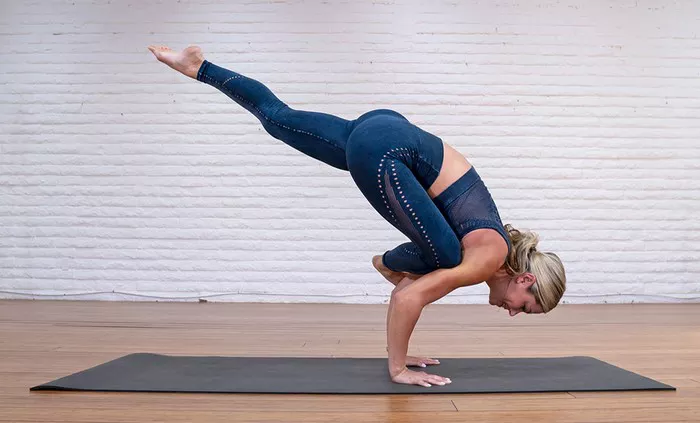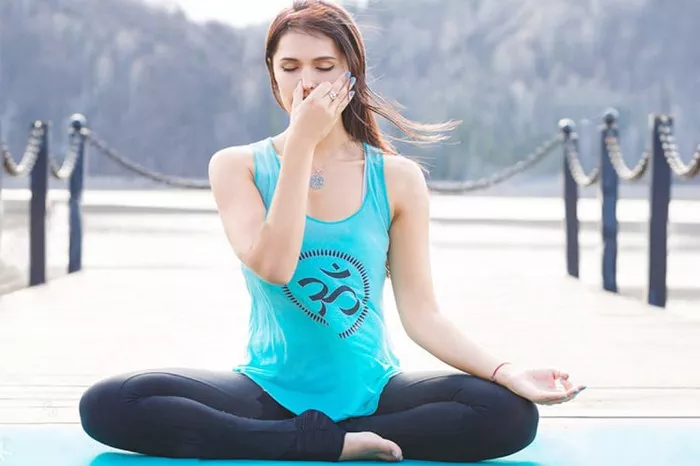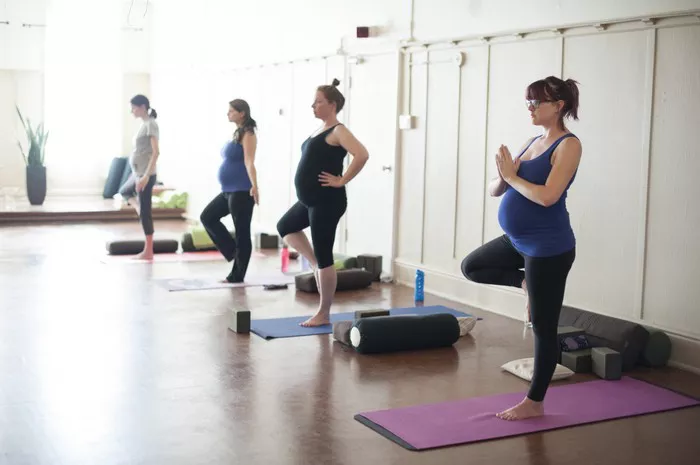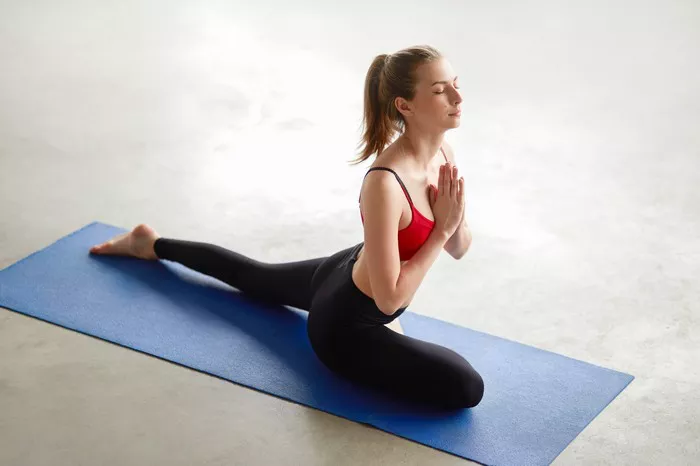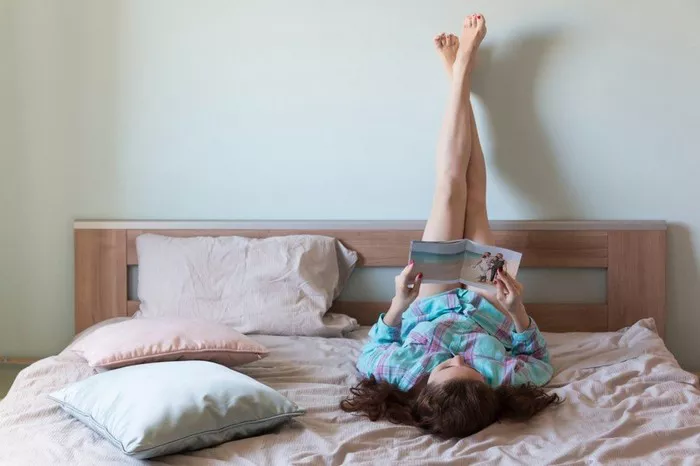Pregnancy brings about significant changes in a woman’s body, and with these changes often come discomforts and pains, such as round ligament pain. Round ligament pain is a common complaint during pregnancy, caused by the stretching and pulling of the ligaments that support the uterus. While it’s a normal part of pregnancy, it can be quite uncomfortable for expectant mothers. Fortunately, prenatal yoga offers a gentle and effective way to alleviate round ligament pain while promoting overall well-being.
In this article, we’ll explore various prenatal yoga poses specifically designed to ease round ligament pain. These poses focus on gentle stretching, strengthening, and relaxation techniques to help expectant mothers find relief and support during this transformative time.
Understanding Round Ligament Pain
Before diving into the yoga poses, it’s important to understand what round ligament pain is and why it occurs. The round ligaments are two cord-like structures that support the uterus and help it stay in its proper position during pregnancy. As the uterus grows and expands to accommodate the developing baby, these ligaments stretch and become more elastic.
Round ligament pain typically manifests as a sharp or stabbing sensation on one or both sides of the lower abdomen, often occurring during sudden movements such as coughing, sneezing, or changing positions. It is most commonly experienced during the second trimester but can occur at any stage of pregnancy.
While round ligament pain is usually harmless, it can be uncomfortable and even debilitating for some women. Prenatal yoga offers a gentle and natural approach to managing this discomfort, providing relief through mindful movement and breathwork.
Now, let’s explore some prenatal yoga poses that specifically target round ligament pain:
1. Cat-Cow Stretch
Start on your hands and knees, with your wrists directly under your shoulders and your knees under your hips. Inhale as you arch your back, lifting your chest and tailbone towards the ceiling (Cow Pose). Exhale as you round your spine, tucking your chin to your chest and drawing your belly button towards your spine (Cat Pose). Continue flowing between Cat and Cow Pose for several breaths, moving slowly and mindfully.
2. Supported Child’s Pose
From a kneeling position, spread your knees wide apart while keeping your big toes touching. Place a bolster or stack of pillows in front of you and lower your torso onto the support. Extend your arms forward or alongside your body, resting your forehead on the bolster. Allow your spine to lengthen and your hips to sink towards your heels. Stay in this pose for several breaths, focusing on deep belly breathing and relaxation.
3. Modified Downward-Facing Dog
Start on your hands and knees, with your wrists under your shoulders and your knees under your hips. Tuck your toes under and lift your hips towards the ceiling, coming into a modified Downward-Facing Dog position. Keep a generous bend in your knees to avoid straining your lower back. Press your hands firmly into the ground and lengthen your spine, creating space between each vertebra. Hold this pose for several breaths, focusing on elongating the spine and releasing tension in the hips and lower back.
4. Supported Warrior II
Stand with your feet wide apart, facing the long edge of your mat. Turn your right foot out to the side and bend your right knee, stacking it directly over your right ankle. Place a block or stack of books under your right hand for support. Extend your left arm out to the side at shoulder height, parallel to the floor. Gaze over your right fingertips and sink into your right hip, feeling a gentle stretch along the left side of your body. Hold this pose for several breaths, then switch sides.
5. Supported Bridge Pose
Lie on your back with your knees bent and feet hip-width apart, arms resting alongside your body. Place a yoga block or bolster under your sacrum (the flat bone at the base of your spine). Press down through your feet and lift your hips towards the ceiling, coming into Bridge Pose. Keep your knees aligned over your ankles and engage your glutes and hamstrings to support your lower back. Hold this pose for several breaths, focusing on opening the front of the body and releasing tension in the hips.
6. Legs Up the Wall Pose
Sit sideways with your right hip against a wall. Swing your legs up onto the wall as you lower your upper body onto the floor. Adjust your distance from the wall so that your legs are comfortably supported and your pelvis is slightly elevated. Rest your arms by your sides with your palms facing up. Close your eyes and focus on deep, diaphragmatic breathing as you relax into the pose. Stay here for several minutes, allowing gravity to gently traction your spine and release tension in the pelvic area.
7. Supported Reclining Bound Angle Pose
Place a bolster or stack of pillows lengthwise on your mat. Sit with your back against the bolster and bring the soles of your feet together, allowing your knees to fall open to the sides. Adjust the distance of your feet from your pelvis to a position that feels comfortable for your hips. Support your knees with additional props if needed. Rest your hands on your belly or extend them out to the sides with your palms facing up. Close your eyes and focus on relaxing deeply into the pose, feeling the gentle stretch in your inner thighs and groin area.
8. Seated Spinal Twist
Sit on the floor with your legs extended in front of you. Bend your right knee and cross it over your left leg, placing your right foot on the floor outside your left thigh. Keep your left leg extended or bend it and tuck the foot in towards your right hip, depending on your comfort level. Place your left hand on the floor behind you for support and hug your right knee with your left arm. Inhale to lengthen your spine, then exhale as you twist gently towards the right, looking over your right shoulder. Hold this pose for several breaths, feeling the gentle twist in your spine and the release of tension in your lower back and hips. Repeat on the opposite side.
Conclusion
Prenatal yoga offers a safe and effective way for expectant mothers to manage round ligament pain and promote overall well-being during pregnancy. By practicing gentle stretches, strengthening exercises, and relaxation techniques, pregnant women can find relief from discomfort while connecting with their bodies and their growing babies. Remember to listen to your body and modify poses as needed to suit your individual needs and comfort level. Always consult with your healthcare provider before beginning any new exercise regimen during pregnancy, and enjoy the benefits of prenatal yoga as you journey through this remarkable time in your life.

